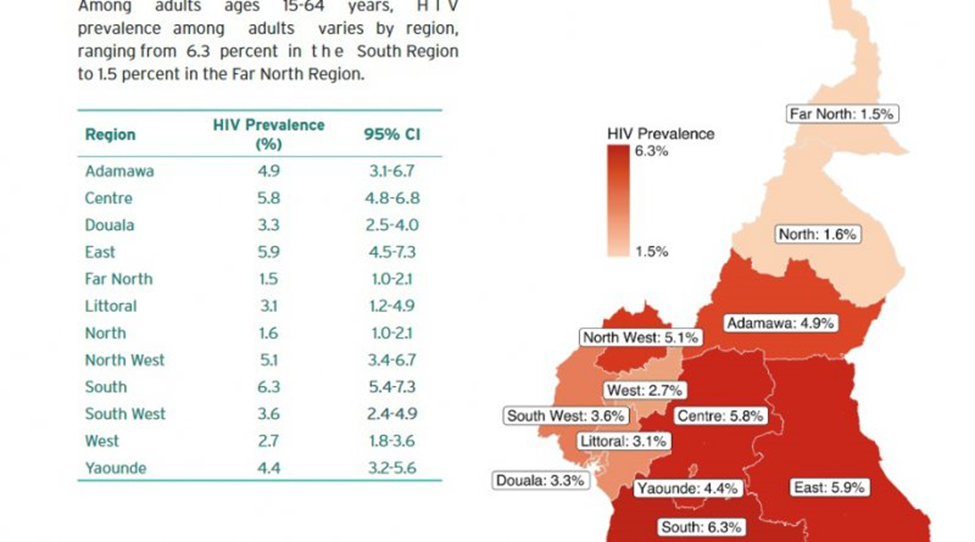Faith-Based Organization Services as the Best Means to Prevent HIV and AIDS in Southern Cameroons Essay
Table of Contents
List of Abbreviations
- Faith-based organizations – FBOs
- Behavior Change Communication – BCC
- Men who have sex with men – MSM
- Cameroon Baptist Convention Health Board – CBCHB
- The Abstinence Be faithful, and Condom use ABC
- Mother to child transmission – MTCT
- Nongovernment organizations – NGOs
Abstract
The HIV/AIDS epidemic in Cameroon remained to be a pressing issue for policymakers and the healthcare system. The most recent data suggested that in 2004 5.1% of the population had been infected. This was the largest percentage in the region of West and Central Africa. The HIV/AIDS issue was complicated by the fact that at the moment of this research, there was no cure and the only way of addressing the infection spread was through prevention and ensuring that people engage in behaviors that do not put them under the risk of contracting HIV/AIDS. In this paper, the author argued that FBOs are the best choice for implementing the strategies focusing on prevention because they had the infrastructure and resources to change the socio-cultural values of communities, which was what needed to be done to reduce the prevalence of HIV/AIDS cases in Cameroon. Apart from the health-related issues, caused by HIV/AIDS, the social stigma associated with the disease decreases the quality of life of the infected individuals. FBOs were one of not many forces that could be leveraged when addressing the HIV/AIDS epidemic because ministries and churches have a strong global impact, while simultaneously being closely linked to local communities. Moreover, in Cameroon, religious organizations were responsible for many of the state’s healthcare facilities. The findings from the review of the literature suggested that not many peer-reviewed articles on the topic of FBOs and their contribution to the reduction of HIV/AIDS cases exist, which was an issue considering that a typical Cameroonian family values religion as one of the essential practices. Hence, the government of Cameroon and NGOs had to support FBOs in their battle against the epidemic. Most importantly, one should understand that raising awareness and promoting education as a sole tool in the fight against HIV/AIDS was not enough, it is an essential part of the strategy but not the sole element of it. There was a need to implement model laws to protect people, who live with HIV/AIDS and a need to establish practices that reduce MTCT.
We will write a custom essay on your topic
812writers online
Introduction
Cameroon still has a relatively high HIV/AIDS infection rate of 3.8%. The epidemic is still a global problem and treatment efforts should focus on Cameroon because it was the hardest-hit region in the west and central Africa in 2004 (UNAIDS/WHO, 2004; Plan, 2019). It is one of the world’s least prosperous countries in terms of progress towards the UNAIDS 90-90-90 targets of Population-based HIV Impact Assessment, despite all attempts to mitigate HIV/AIDS risks (PEPFAR Progress Reports, 2018). As per my research findings, this is because the government has not given religion the place it deserves in its fight against HIV/AIDS (O’Donnell, 2018). The problem of HIV/AIDS in Cameroon hinders the state’s opportunity for achieving sustainable development because it burdens the health system and is accompanied by stigma that people living with this virus face, which can only be addressed by supporting the FBOs, promoting the knowledge of adequate behaviors, and implementing model laws.
The focus of this study is former Southern Cameroon. The location that is the focus of this research has one of the highest rates of HIV infection cases by region. Southern Cameroonians are poor, marginalized, and presently undergoing unimaginable political upheavals. The CBCHS, the FBO that has partnered with the government to fight against HIV/AIDS because these organizations originated here and are well-grounded in those communities. Figure 1 shows the distribution of HIV by regions in Cameroon.

Figure 1. Cameroon official statistics of HIV/AIDS prevalence rate among adults
A well-known researcher of religion, spirituality, and health defines faith as the practices and rituals related to the sacred (Koenig, 2009). These practices and traditions are prevalent in Islam, Christianity, and indigenous beliefs in southern Cameroon (Schilder, 1988). The HIV/AIDS information kit, jointly produced by UN
Order this paper